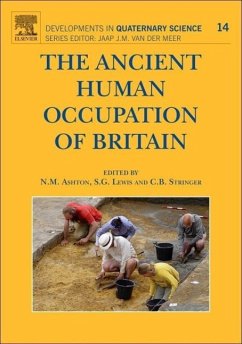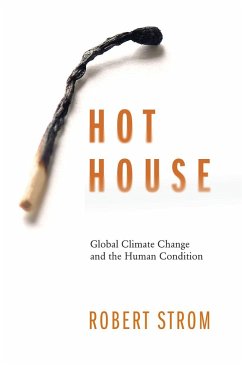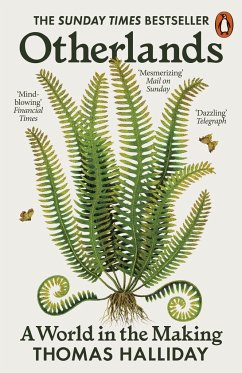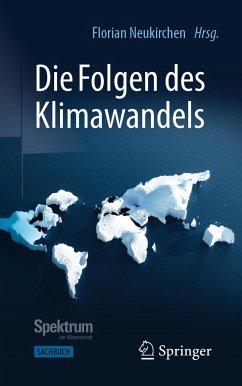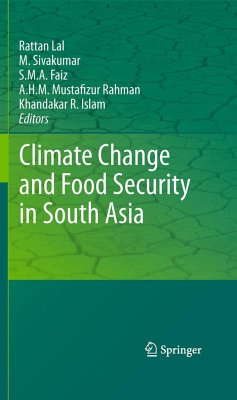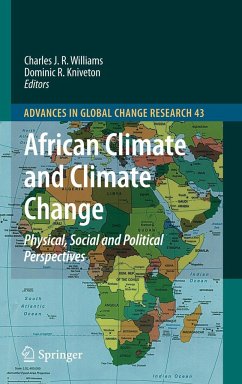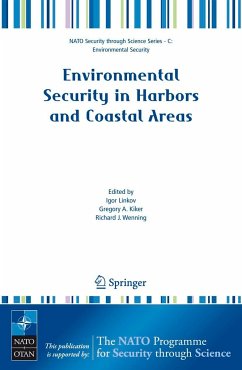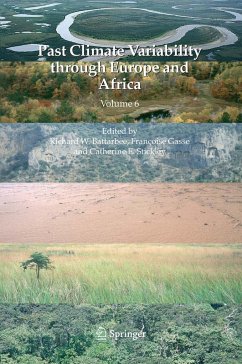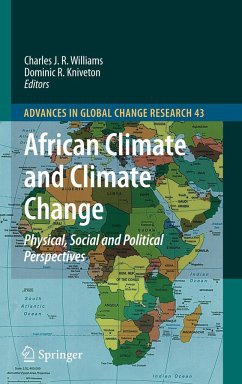Nicht lieferbar
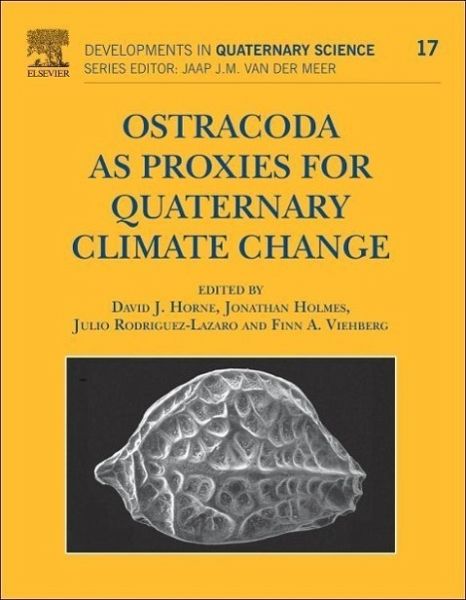
Ostracoda as Proxies for Quaternary Climate Change
Volume 17
Herausgegeben: Rodriguez-Lazora, Julio; Holmes, Jonathan; Horne, David
Versandkostenfrei!
Nicht lieferbar
Ostracod crustaceans, common microfossils in marine and freshwater sedimentary records, supply evidence of past climatic conditions via indicator species, transfer function and mutual climatic range approaches as well as the trace element and stable isotope geochemistry of their shells. As methods of using ostracods as Quaternary palaeoclimate proxies have developed, so too has a critical awareness of their complexities, potential and limitations. This book combines up-to-date reviews (covering previous work and summarising the state of the art) with presentations of new, cutting-edge science ...
Ostracod crustaceans, common microfossils in marine and freshwater sedimentary records, supply evidence of past climatic conditions via indicator species, transfer function and mutual climatic range approaches as well as the trace element and stable isotope geochemistry of their shells. As methods of using ostracods as Quaternary palaeoclimate proxies have developed, so too has a critical awareness of their complexities, potential and limitations. This book combines up-to-date reviews (covering previous work and summarising the state of the art) with presentations of new, cutting-edge science (data and interpretations as well as methodological developments) to form a major reference work that will constitute a durable bench-mark in the science of Ostracoda and Quaternary climate change.





